
下载亿题库APP
联系电话:400-660-1360

下载亿题库APP
联系电话:400-660-1360

请谨慎保管和记忆你的密码,以免泄露和丢失

请谨慎保管和记忆你的密码,以免泄露和丢失

为了帮助广大考生顺利通过口译笔译考试,帮考网为大家分享了一些高级口译试题相关内容,希望大家每天坚持练习,积极备考。
The Truth About the Poverty Crisis
It\'s official: There are now more poor people in America than at any other time in the 52 years records have been kept. We knew that the 2010 poverty numbers, released by the Census Bureau on Sept. 13, weren\'t going to be good. They turned out to be, in the words of Brookings senior fellow Ron Haskins, "extraordinarily bad." More than 15% of Americans live below the poverty line. The total rose for the fourth consecutive year. For a family of four, poverty means scraping by on roughly $22,000 a year.
The new poverty crisis has emerged in part out of the other economic crisis we are facing: unemployment. The fastest way to poverty is job loss, and 6.5 million jobs were lost in the recession. Today, a full two years into the "recovery," more than 9% of Americans are still out of work. But a fact that may be buried in the copious coverage of these new figures is that the poverty problem didn\'t start with the financial crisis and the subsequent downturn. Its roots go much deeper, possibly to the recession of 2000, after which poverty levels didn\'t drop back to their prerecession numbers as they typically do after a recovery.
Though it\'s difficult to tease out statistically, that turning point is undoubtedly a legacy of the previous two decades of hyperglobalization, when tens of millions of middle-income jobs were lost to outsourcing or replaced by technology and salaries became more and more compressed. The average real weekly earnings of a typical blue collar worker are lower today than in 1964.
But the poverty problem is also about the fracturing of the American Dream, specifically the dream of upward mobility. It\'s become increasingly hard for Americans to rise above the socioeconomic status of their birth, particularly compared with their peers in other rich nations. "Poverty is in many ways about a lack of social mobility," says Erin Currier, who studies these topics at the Pew Charitable Trusts. And research shows that even before the current crisis, Americans had much less mobility than people in many European nations. "We have a belief system and an idea about ourselves that don\'t always align well with the facts," notes Isabel Sawhill, a co-director, with Haskins, of the Center on Children and Families at Brookings.
Now, in a world of high unemployment, lower wages and growing poverty, the fiction is becoming ever more difficult to sustain. This downturn marks the first period in 20 years in which employment as a percentage of population in the U.S. has fallen below the rate in countries like the U.K., Germany and the Netherlands. Indeed, downward mobility is so much a part of youth culture today that the Census Bureau has come up with a whole new lexicon for it, including the term doubling up, which describes households in which adult children who can\'t afford life on their own return to live with their parents. An additional 3 million of them would be below the poverty line if they couldn\'t crash with Mom and Dad.
That\'s unlikely to change soon. Most U.S. job growth since the 1990s has been in sectors like education and government, which are facing big cuts. Meanwhile, 9 out of 10 of the biggest occupations in America offer less than the mean hourly wage. (Think salesclerks and home health aides.) Indeed, the Boomerang Generation is likely to become as demographically defining in the next few decades as the baby boomers have been. The two groups may very well end up in a political war for dwindling government benefits, as the elderly fight to keep entitlements like Social Security that ward off poverty and younger people push for spending on education and retraining to avoid falling into it.
While there\'s no doubt that investment in education, which creates jobs and improves worker competitiveness, is a long-run solution, the key short-term weapon in the fight against poverty is tax policy. Poverty numbers would be far higher without tax breaks for the poor. The Obama Administration should keep fighting to extend initiatives like the earned-income tax credit, the largest and most effective antipoverty program. (Ronald Reagan used it to take millions out of poverty.) President Obama should also continue the pressure on the richest Americans to carry a larger share of the load. Despite congressional resistance, many wealthy people see it\'s in their interest to foster a less divisive society. While Americans historically haven\'t been as inclined as Europeans to riot over inequity (witness the protests that have taken place from London to Athens), it\'s hard to rule that out in a world in which the American Dream is increasingly becoming a myth.
这是一篇源自时代周刊的文章,讲述的美国的贫困现象。文章的结构清晰,每段的第一句即为段落大意。文章首先说美国的穷人越来越多了,有15%的美国人生活 在贫困线以下。这种贫困危机部分上是由经济危机引起的失业导致的。近20年的全球化进程,使得外包服务和技术进步消减了很多工作机会。现在的贫困问题正在 摧毁者美国梦,在这样一个高失业率的国家,摩擦冲突是不可避免的,这种现象也在影响着年轻人斗志。而且这种状况要改变起来很难,因为教育和政府部门提供的 就业机会最多,而目前这两个部分的规模正在削减,另外的一些基础行业,则支付的工资非常低。就贫困问题的解决方案来说,长期投资教育可以创造更多的就业机 会,而短期来说,克服贫困就要依靠税收政策,创造更多的社会公平了。
看到这里小伙伴们是否有所收获呢?希望帮考网为大家分享的内容能给大家带来帮助,后续也可以多关注帮考网,这里有更多的考试资讯,你想知道的都在这!
 27
27三级笔译和口译考试每年可以考几次?:三级笔译和口译考试每年可以考几次?通常情况下笔译口译考试都是每年两次。上半年一般在1月份报名,5月份考试,下半年一般在7月份报名,11月考试,各省市情况不一,具体情况可上CATTI官网或各省市人事考试网查询。
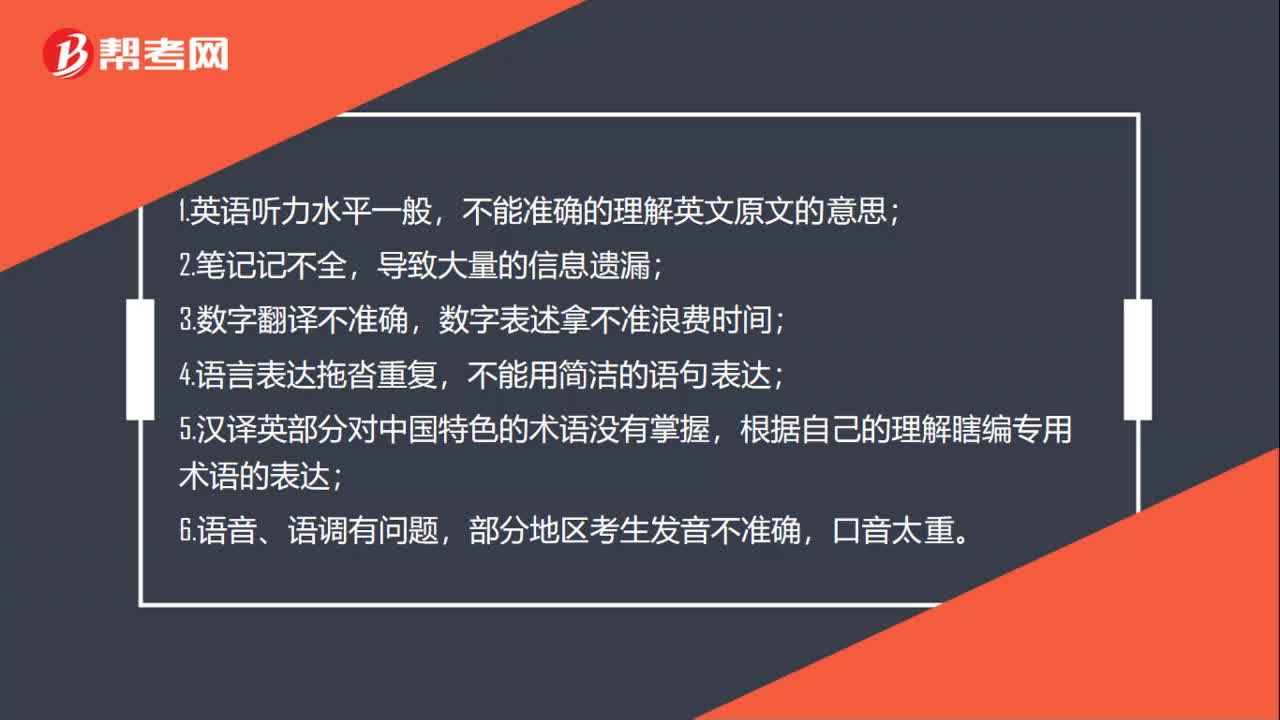 43
43口译考试应注意哪些问题?:口译考试应注意哪些问题?1.英语听力水平一般,不能准确的理解英文原文的意思;2.笔记记不全,导致大量的信息遗漏;3.数字翻译不准确,数字表述拿不准浪费时间;4.语言表达拖沓重复,不能用简洁的语句表达;5.汉译英部分对中国特色的术语没有掌握,根据自己的理解瞎编专用术语的表达;6.语音、语调有问题,部分地区考生发音不准确,口音太重。
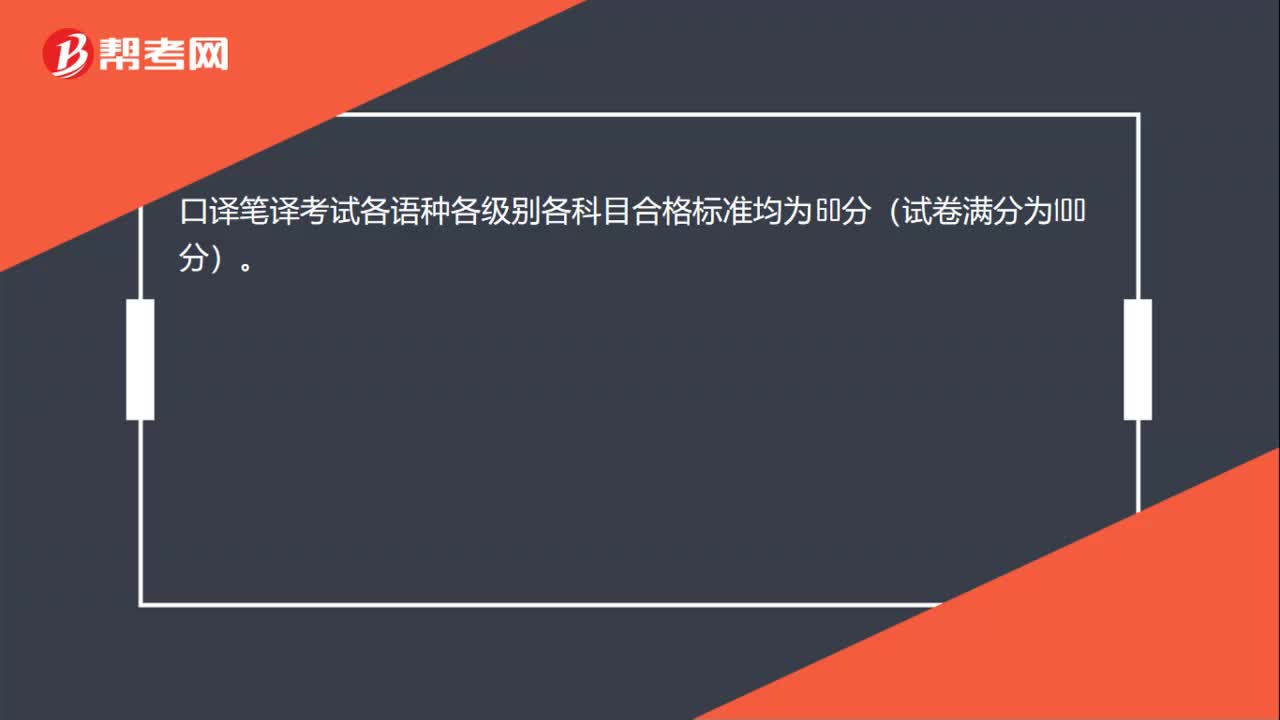 16
16口译笔译考试是多少分及格?:口译笔译考试各语种各级别各科目合格标准均为60分(试卷满分为100分)。
 00:23
00:232020-06-03
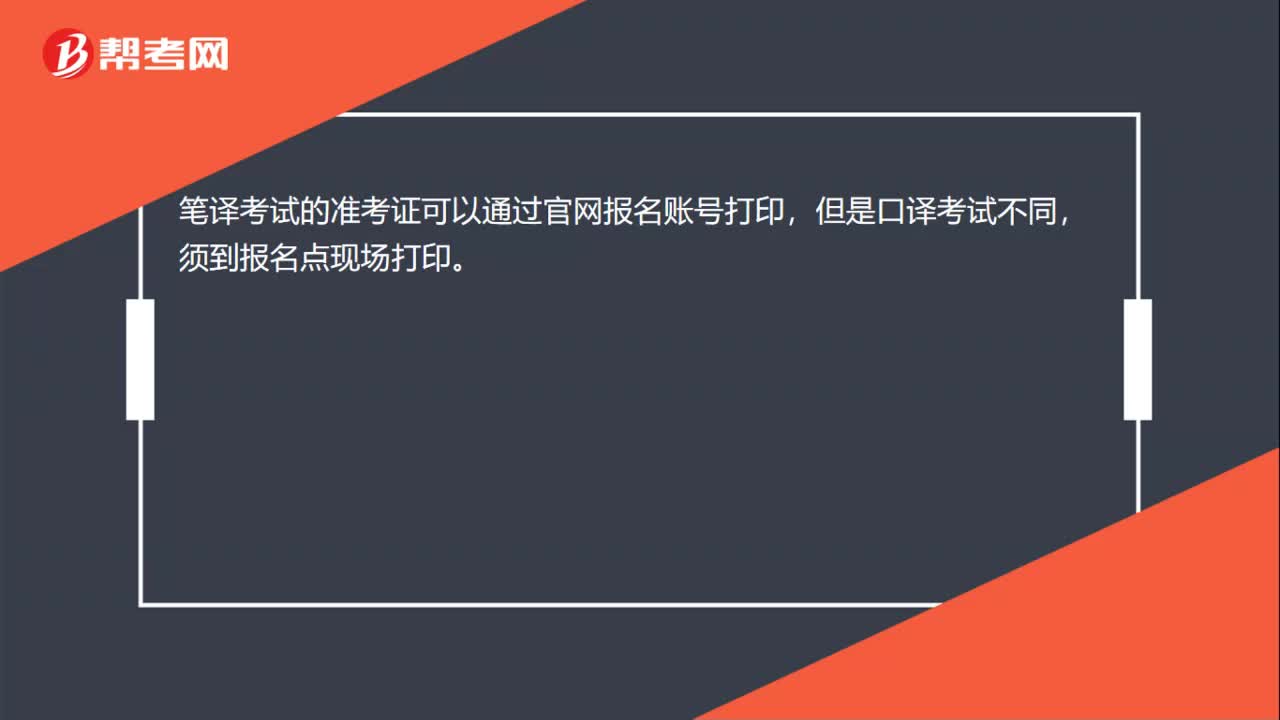 00:15
00:152020-06-03
 00:27
00:272020-06-03
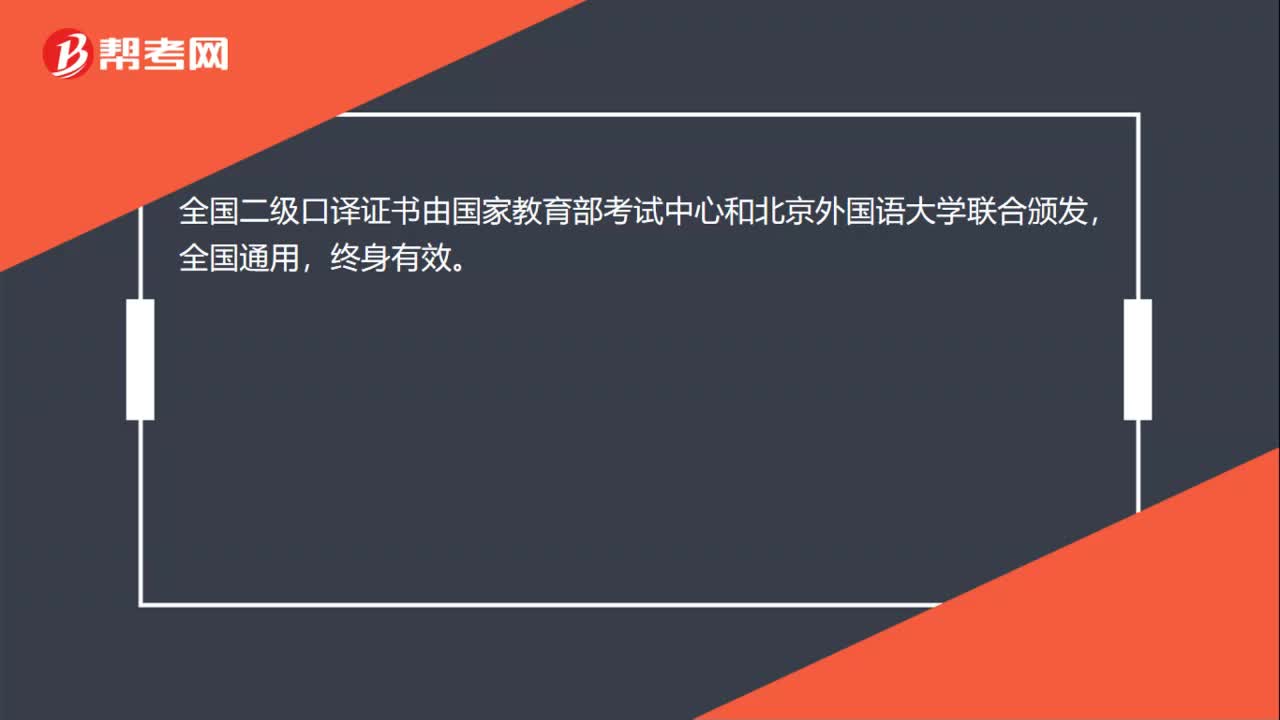 00:17
00:172020-06-03
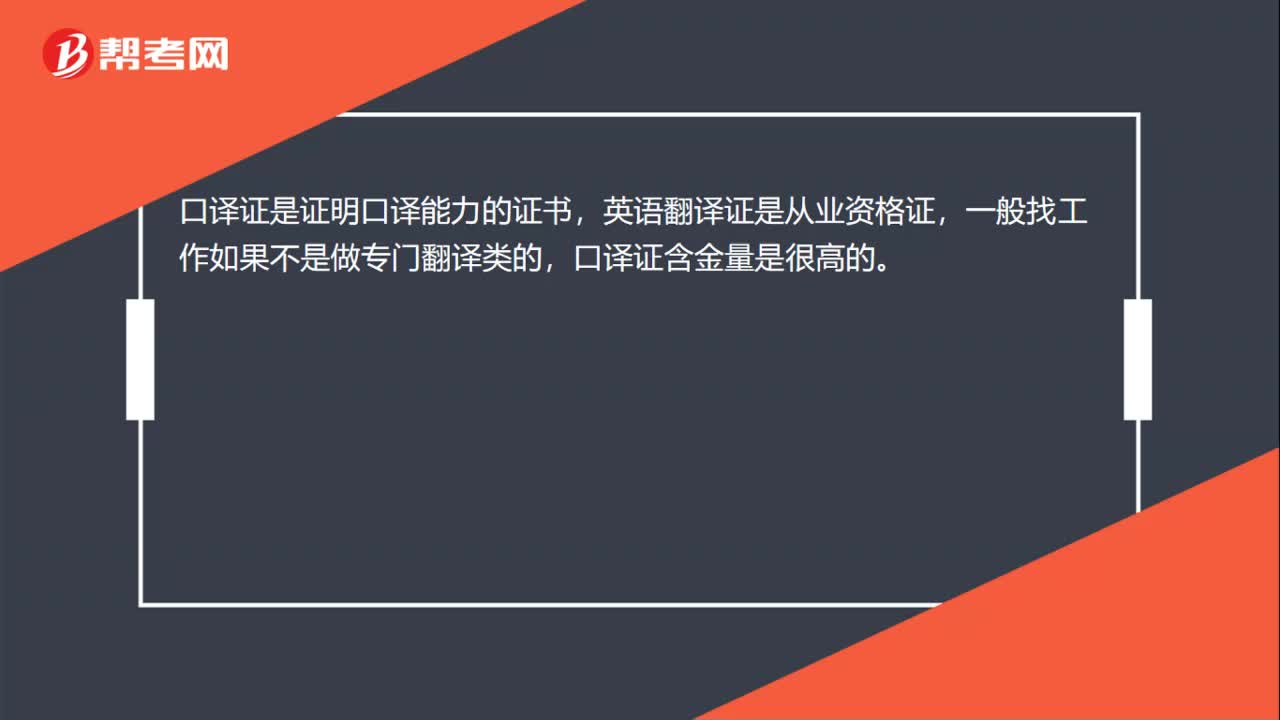 00:17
00:172020-06-03

微信扫码关注公众号
获取更多考试热门资料